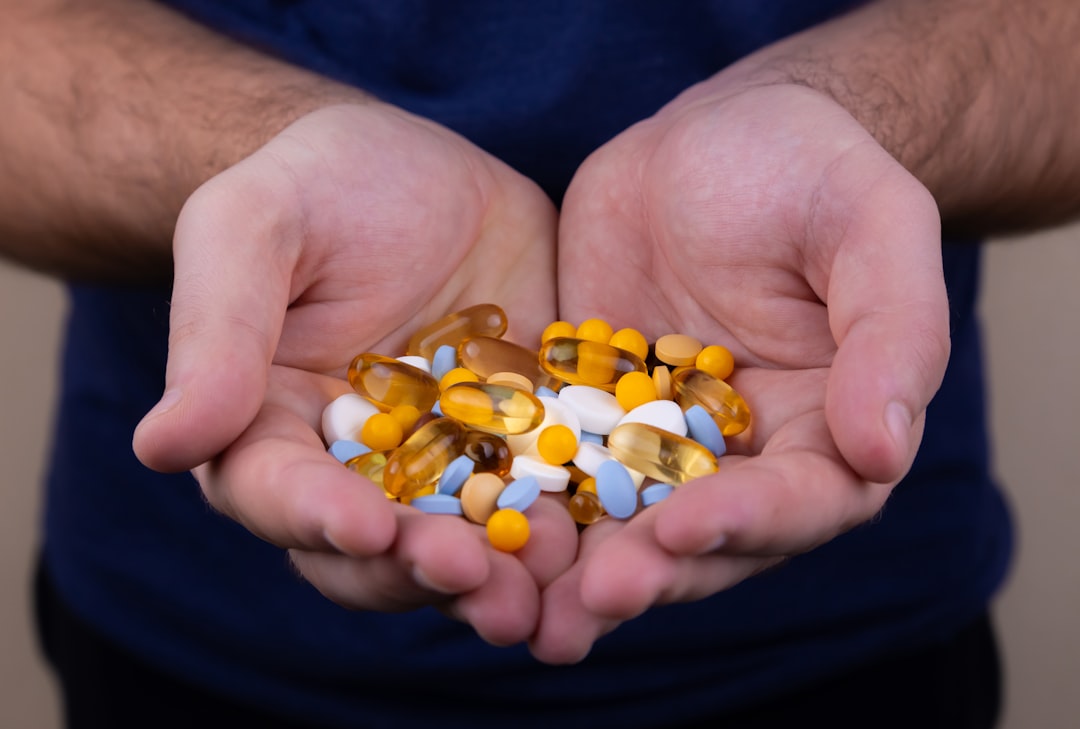What is it about?
The main psychostimulant constituents of khat are the phenylpropylamino alkaloids: cathinone, cathine and norephedrine. Although more than 200 compounds have been identified in Khat leaves, the phenylpropylamino alkaloids are considered to be the primary addictive and reinforcing agents responsible for the continued chewing behavior. Several articles and review papers have been published regarding the short-term central nervous system effects of masticating khat, which include euphoria, excitation, anorexia, increased respiration, hyperthermia and increased sensory stimulation. A few reports indicated that chronic consumption may be a leading cause of cancer, cellular toxicity and other metabolic disorders. In this study, a molecularly imprinted polymer prepared using norephedrine as template was used as a sorbent in a novel sample preparation method for solid-phase extraction of cathinone, cathine and norephedrine from Khat extract.
Featured Image
Read the Original
This page is a summary of: A (−)-norephedrine-based molecularly imprinted polymer for the solid-phase extraction of psychoactive phenylpropylamino alkaloids from Khat (Catha edulisVahl. Endl.) chewing leaves, Biomedical Chromatography, December 2015, Wiley,
DOI: 10.1002/bmc.3643.
You can read the full text:
Contributors
The following have contributed to this page










